Abstract: Since many applications don't need the ±0.5°C accuracy of the DS1621 2-wire digital temperature sensor, the ±1.0°C accuracy DS1721 temperature sensor IC was created to provide a lower-cost alternative to the DS1621. In most respects, the DS1621 and DS1721 operate the same; however, there are a few differences between the devices that can result in software incompatibilities when transitioning from the DS1621 to the DS1721. This application note explains how the DS1721 differs from the DS1621, and how it will operate in circuits designed for the DS1621. It is aimed at users who are interested in transitioning from the DS1621 to the DS1721 and: a) want to find out if the DS1721 can be used as a drop-in replacement for the DS1621 in their design, or b) are at a point in their design cycle where it is still possible to make software modifications to accommodate the DS1721.
This application note explains how the DS1721 differs from the DS1621, and how it will operate in circuits designed for the DS1621. It is aimed at users who are interested in transitioning from the DS1621 to the DS1721 and: a) want to find out if the DS1721 can be used as a drop-in replacement for the DS1621 in their design, or b) are at a point in their design cycle where it is still possible to make software modifications to accommodate the DS1721. Users who are starting a new design using the DS1721 should refer to the DS1721 datasheet for usage instructions, as information in this application note will not be pertinent. In addition, users that are transitioning from the DS1621 to the DS1721 will also need to refer to the DS1721 datasheet for device specifications and other information not covered in this application note.
Changes/cost reductions implemented in the design of the DS1721 are as follows:
This application note addresses the following items that are of concern for DS1621/DS1721 compatibility:
The remainder of this application note assumes that the DS1721 is being used in 1621 mode (i.e., EEh is used to initiate all temperature conversions). Refer to the DS1721 datasheet for standard mode operating instructions for the device.

Figure 1. DS1621 Configuration register.

Figure 2. DS1721 Configuration register.
Bit 4 serves different purposes in the DS1621 and DS1721, but it does not create an incompatibility between the two devices. In both devices bit 4 is read only and cannot be overwritten by the user. Therefore, during writes to the configuration register the value written to Bit 4 is ignored.
Bit 4 in the DS1621 configuration register (NVB) is used to signal EEPROM status to the user as follows: NVB=0—EEPROM is not busy, NVB=1—EEPROM is being written to. Bit 4 in the DS1721 (U) indicates whether the device is in 1621 mode (U=0) or in standard mode (U=1). If the DS1721 is used in 1621 mode, bit 4 of the DS1721 will power-up as a 0 and remain a 0. If the standard mode Start Convert T command (51h) issued, bit 4 will change to a 1.
Bit 3 and Bit 2 serve different purposes in the DS1621 and DS1721, but they do not create an incompatibility between the two devices. In the DS1621 these bits are read only and are used internally by the device. In the DS1721 in 1621 mode, the R1 and R0 bits are read only and will power-up as R1=1 and R0=1. In 1621 mode, writing to these bits has no affect on the bits or on the operation of the device. If the DS1721 is used in standard mode, bits R1 and R0 define the readout resolution of the device (i.e., 9, 10, 11 or 12 bits). Refer to the DS1721 data sheet for more information about the use of R1 and R0 in standard mode.
POL serves the same function in both the DS1621 and the DS1721; that is, it defines the active polarity of the TOUT thermostat output. However, there is a possible compatibility issue with this bit. In the DS1621 the POL bit is stored in EEPROM and will thus power-up containing the last data written to it. On the other hand, in the DS1721 this bit will always power-up as a 1 (TOUT = active high). Thus, if a DS1621 application presets the POL bit to 0 (TOUT = active low), and does not write a 0 to the POL bit as part of every power-up sequence, software (or hardware) changes will be required when transitioning to the DS1721 in order for TOUT to have the correct polarity.
1SHOT also serves the same function on both the DS1721 and DS1621. It defines whether temperature conversions occur continuously or only once (i.e., one-shot mode) per Start Convert T command. However, again there is a possible compatibility issue with this bit. The 1SHOT bit in the DS1621 is stored in EEPROM and will power-up containing the last data written to it. However, in the DS1721, the 1SHOT bit will always power-up as a 0 (continuous conversion mode). Thus, if a DS1621 application presets the 1SHOT bit to a 1 (one-shot mode) and does not rewrite a 1 to that that bit as part of every power-up sequence, there will be an incompatibility that requires software modifications when transitioning to the DS1721—namely, the DS1721 will perform continuous temperature conversions instead of just one conversion when the Start Convert T command (EEh) is issued.
Although the DS1721 will function properly in continuous conversion mode, this could present a problem in applications where one-shot mode is desired for maximum power savings. The DS1721 uses up to 1mA (max) operating current when it is actively converting, whereas the standby current when conversions are not taking place is 1µA. This 1000X increase in power supply current is probably unacceptable for power-sensitive applications. Another issue that can arise if the DS1721 is operating in continuous mode instead of one-shot mode involves applications that use data from the slope accumulator and counter registers for high-resolution temperature calculations as per AN105. In order for these registers to function properly, the device must be in one-shot mode (same as in the DS1621).
The conversion time difference between the DS1621 and DS1721 could cause an incompatibility if the application software incorporates a delay of less than 1.2 seconds before reading the temperature when the device is in one-shot mode. However, if the software monitors the DONE bit in the configuration register this problem can be avoided because the DONE bit will change to 1 when the conversion is completed. If the application uses the continuous conversion mode, there will be no issue with conversion time because the double-buffered temperature register always contains the result from the last completed conversion.
The following features are identical for both the DS1621 and DS1721, and will not cause incompatibilities when transitioning to the DS1721:
Overview
As Dallas Semiconductor continues to improve its line of thermal management products, a primary goal is to make these products more affordable. Since many applications do not need the ±0.5°C accuracy of the DS1621 2-Wire Digital Thermometer and Thermostat, the DS1721 was created to provide ±1.0°C accuracy at a lower cost than the DS1621. In most respects, the DS1621 and DS1721 operate the same; however, there are a few differences between the devices that can result in software incompatibilities when transitioning from the DS1621 to the DS1721.This application note explains how the DS1721 differs from the DS1621, and how it will operate in circuits designed for the DS1621. It is aimed at users who are interested in transitioning from the DS1621 to the DS1721 and: a) want to find out if the DS1721 can be used as a drop-in replacement for the DS1621 in their design, or b) are at a point in their design cycle where it is still possible to make software modifications to accommodate the DS1721. Users who are starting a new design using the DS1721 should refer to the DS1721 datasheet for usage instructions, as information in this application note will not be pertinent. In addition, users that are transitioning from the DS1621 to the DS1721 will also need to refer to the DS1721 datasheet for device specifications and other information not covered in this application note.
Changes/cost reductions implemented in the design of the DS1721 are as follows:
- The DS1721 uses a precision bandgap voltage reference and a ΣΔ A/D converter to provide temperature data in a digital format. The DS1621 achieves this function with a pair of oscillators, one with a positive temperature coefficient and the other with a zero temperature coefficient.
- The DS1721 doesn't have EEPROM; the DS1621 does have EEPROM (i.e., non-volatile memory).
- Because the DS1721 doesn't have EEPROM, it is calibrated via laser, a less expensive technique than the DS1621's bath calibration.
This application note addresses the following items that are of concern for DS1621/DS1721 compatibility:
- Operating Modes
- Configuration Register
- Thermostat Trip Point Registers (TH/TL)
- Temperature-to-Digital Conversion Time
Operating Modes
To increase compatibility with the DS1621, the DS1721 was designed to operate in two modes: 1621 mode and standard mode. The DS1721 powers-up in 1621 mode, and will remain in this mode as long as temperature conversions are always initiated using the DS1621's Start Convert T command (EEh). In 1621 mode, the operation of the DS1721 is very similar to the DS1621 and the user retains the option of reading the slope accumulator and counter registers for high-resolution temperature calculations as described in Application Note 105. The DS1721 can be switched into standard mode by initiating temperature conversions using the DS1721's Start Convert T command (51h). Once the device is in standard mode, it will remain in this mode until the power is cycled, and the EEh Start Convert T command will be ignored.The remainder of this application note assumes that the DS1721 is being used in 1621 mode (i.e., EEh is used to initiate all temperature conversions). Refer to the DS1721 datasheet for standard mode operating instructions for the device.
Configuration Register
There are several differences between the configuration registers of the DS1621 and DS1721. A primary difference is that in the DS1621 certain bits in the configuration register are stored in EEPROM. Figures 1 and 2 show the DS1621 and DS1721 configuration registers, with EEPROM bits underlined in the DS1621 configuration register and differences between the two devices boldfaced in the DS1721 configuration register. The following paragraphs describe in detail these differences and any incompatibilities created by these differences.
Figure 1. DS1621 Configuration register.

Figure 2. DS1721 Configuration register.
Bit 4 serves different purposes in the DS1621 and DS1721, but it does not create an incompatibility between the two devices. In both devices bit 4 is read only and cannot be overwritten by the user. Therefore, during writes to the configuration register the value written to Bit 4 is ignored.
Bit 4 in the DS1621 configuration register (NVB) is used to signal EEPROM status to the user as follows: NVB=0—EEPROM is not busy, NVB=1—EEPROM is being written to. Bit 4 in the DS1721 (U) indicates whether the device is in 1621 mode (U=0) or in standard mode (U=1). If the DS1721 is used in 1621 mode, bit 4 of the DS1721 will power-up as a 0 and remain a 0. If the standard mode Start Convert T command (51h) issued, bit 4 will change to a 1.
Bit 3 and Bit 2 serve different purposes in the DS1621 and DS1721, but they do not create an incompatibility between the two devices. In the DS1621 these bits are read only and are used internally by the device. In the DS1721 in 1621 mode, the R1 and R0 bits are read only and will power-up as R1=1 and R0=1. In 1621 mode, writing to these bits has no affect on the bits or on the operation of the device. If the DS1721 is used in standard mode, bits R1 and R0 define the readout resolution of the device (i.e., 9, 10, 11 or 12 bits). Refer to the DS1721 data sheet for more information about the use of R1 and R0 in standard mode.
POL serves the same function in both the DS1621 and the DS1721; that is, it defines the active polarity of the TOUT thermostat output. However, there is a possible compatibility issue with this bit. In the DS1621 the POL bit is stored in EEPROM and will thus power-up containing the last data written to it. On the other hand, in the DS1721 this bit will always power-up as a 1 (TOUT = active high). Thus, if a DS1621 application presets the POL bit to 0 (TOUT = active low), and does not write a 0 to the POL bit as part of every power-up sequence, software (or hardware) changes will be required when transitioning to the DS1721 in order for TOUT to have the correct polarity.
1SHOT also serves the same function on both the DS1721 and DS1621. It defines whether temperature conversions occur continuously or only once (i.e., one-shot mode) per Start Convert T command. However, again there is a possible compatibility issue with this bit. The 1SHOT bit in the DS1621 is stored in EEPROM and will power-up containing the last data written to it. However, in the DS1721, the 1SHOT bit will always power-up as a 0 (continuous conversion mode). Thus, if a DS1621 application presets the 1SHOT bit to a 1 (one-shot mode) and does not rewrite a 1 to that that bit as part of every power-up sequence, there will be an incompatibility that requires software modifications when transitioning to the DS1721—namely, the DS1721 will perform continuous temperature conversions instead of just one conversion when the Start Convert T command (EEh) is issued.
Although the DS1721 will function properly in continuous conversion mode, this could present a problem in applications where one-shot mode is desired for maximum power savings. The DS1721 uses up to 1mA (max) operating current when it is actively converting, whereas the standby current when conversions are not taking place is 1µA. This 1000X increase in power supply current is probably unacceptable for power-sensitive applications. Another issue that can arise if the DS1721 is operating in continuous mode instead of one-shot mode involves applications that use data from the slope accumulator and counter registers for high-resolution temperature calculations as per AN105. In order for these registers to function properly, the device must be in one-shot mode (same as in the DS1621).
Thermostat Trip Point Registers (TH and TL)
Both the DS1621 and DS1721 utilize the same protocols to access the TH (Access TH=A1h) and TL (Access TL=A2h) registers, so writing to and reading from these registers is identical for both devices. However, there is a possible compatibility issue with these registers. On the DS1621 the TH and TL registers are stored in EEPROM and will always power-up containing the most recent values written to them by the application. On the other hand, in the DS1721 these registers will always power up with TH=80°C and TL=75°C. Thus, if a DS1621 application presets the thermostat trip points but does not rewrite these registers as part of every power-up sequence, software changes will be required when transitioning to the DS1721 to ensure correct thermostat operation.Temperature-to-Digital Conversion Time
The maximum conversion time specification for the DS1621 is 1 second. The maximum conversion time specification for the DS1721 is 1.2 seconds for 12-bit resolution. When the DS1721 is used in 1621 mode, the conversion time will be 1.2 seconds because 12-bit conversions are performed in this mode.The conversion time difference between the DS1621 and DS1721 could cause an incompatibility if the application software incorporates a delay of less than 1.2 seconds before reading the temperature when the device is in one-shot mode. However, if the software monitors the DONE bit in the configuration register this problem can be avoided because the DONE bit will change to 1 when the conversion is completed. If the application uses the continuous conversion mode, there will be no issue with conversion time because the double-buffered temperature register always contains the result from the last completed conversion.
Summary
The DS1721 brings to the marketplace a relaxed-accuracy reduced-cost version of the popular DS1621 2-Wire Digital Thermometer and Thermostat. Although compatibility with the DS1621 was a major concern in the design of the DS1721, cost reductions implemented in the DS1721 prevent it from being a true drop-in replacement for all DS1621 applications.The following features are identical for both the DS1621 and DS1721, and will not cause incompatibilities when transitioning to the DS1721:
- Pinout

- Surface-mount package (150mil SO8)
- Power supply range (2.7V ≤ VDD ≤ 5.5V)
- Temperature range (-55°C to 125°C)
- 2-wire address byte (1001 A2A1A0)
- 3-bit selectable addressability
- Command protocol for:
- Read Temperature (AAh)
- Access TH (A1h)
- Access TL (A2h)
- Access Config (ACh)
- Start Convert T (EEh)
- Stop Convert T (22h)
- Read Temperature (AAh)
- Programmable conversion modes (one-shot and continuous)
- Programmable thermostat limits
- Programmable thermostat output polarity
- DS1721 thermometer accuracy is ±1.0°C over the range -10°C to +85°C. DS1621 thermometer accuracy is ±0.5°C over the range 0°C to +70°C.
- The DS1721 does not have EEPROM for the thermostat trip points TH and TL. Their power-up defaults are +80°C and +75°C, respectively, in the DS1721.
- The DS1721 configuration register bits 1SHOT and POL are not EEPROM, and will always power up to 0 (continuous conversion mode) and 1 (TOUT=active high), respectively.
- Conversion time for DS1721 (used in 1621 mode) is 1.2 seconds (max). Conversion time for the DS1621 is 1 second (max).
 电子发烧友App
电子发烧友App









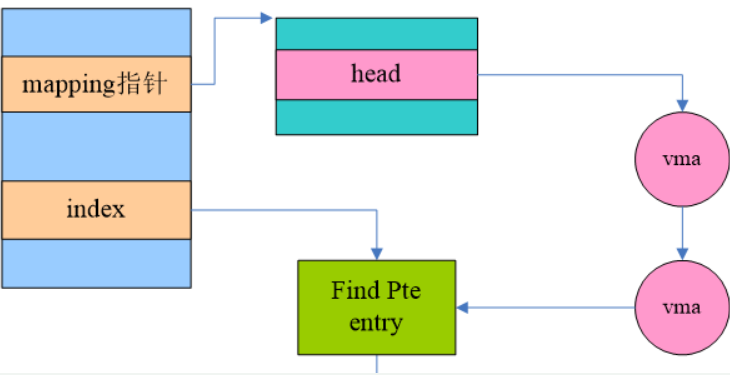
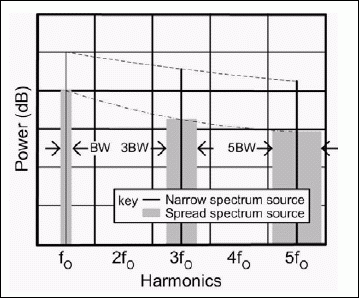
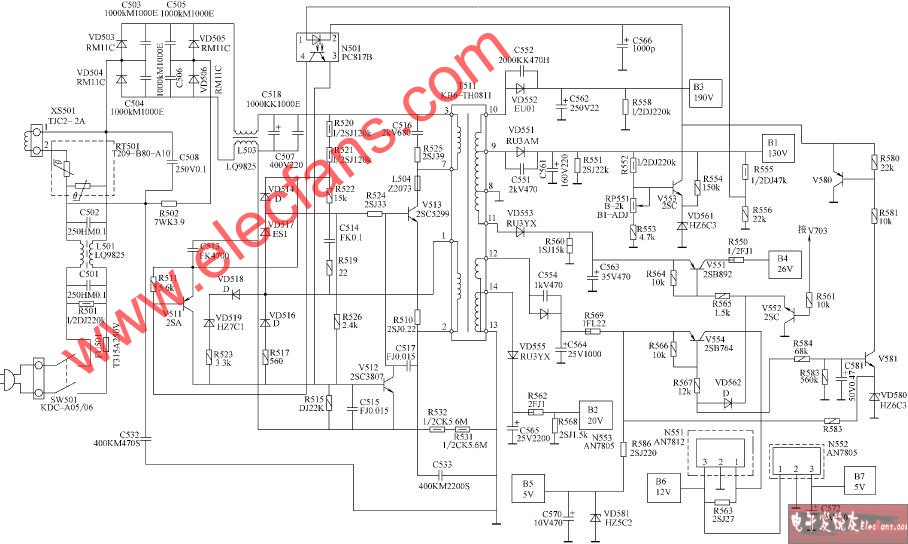
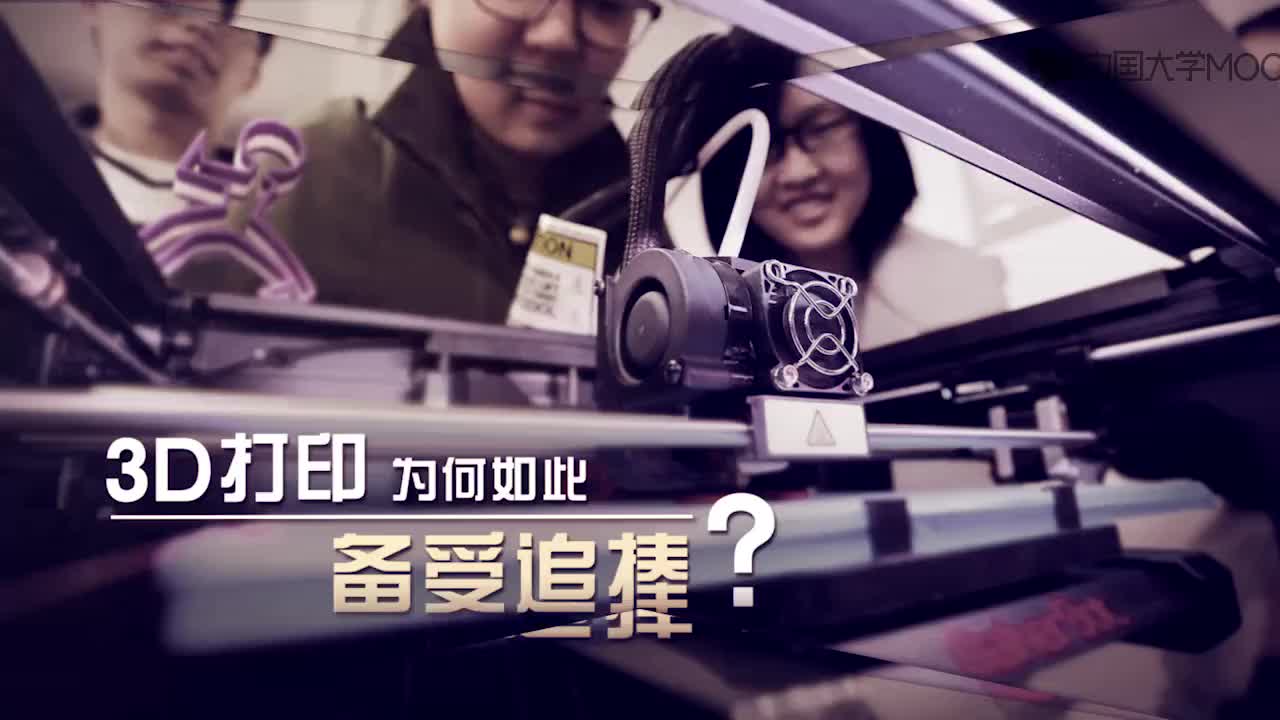

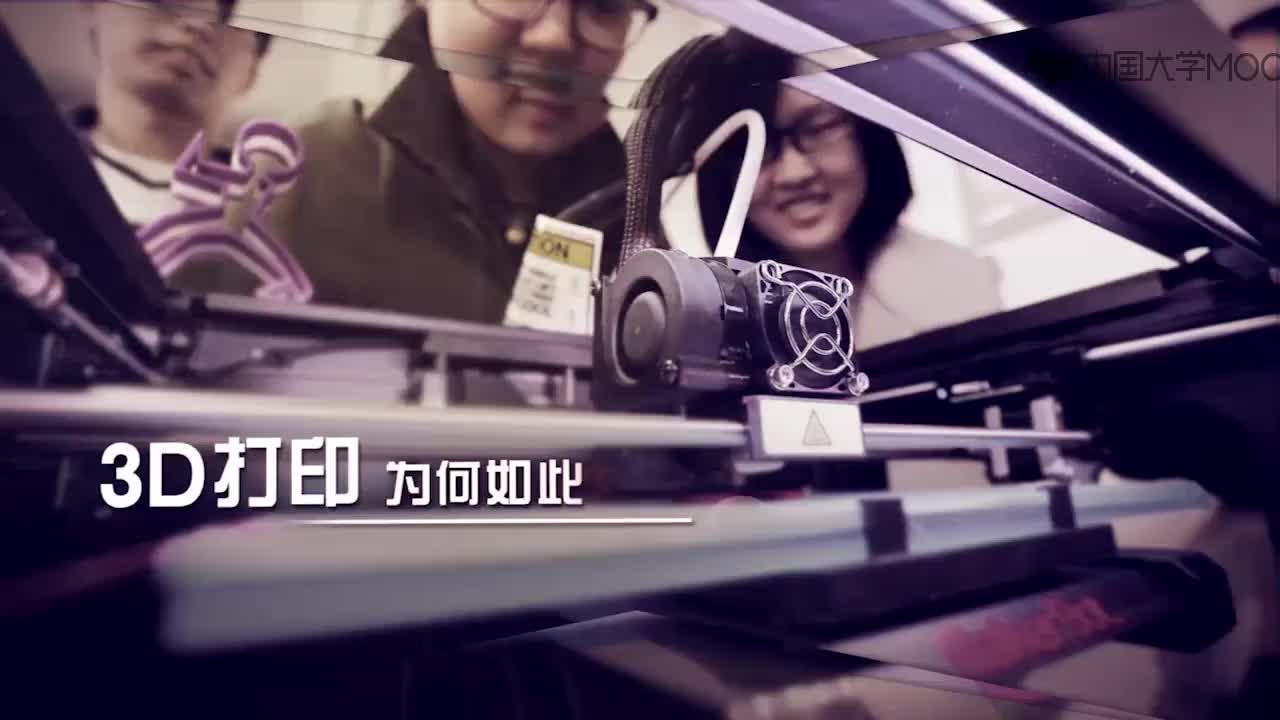

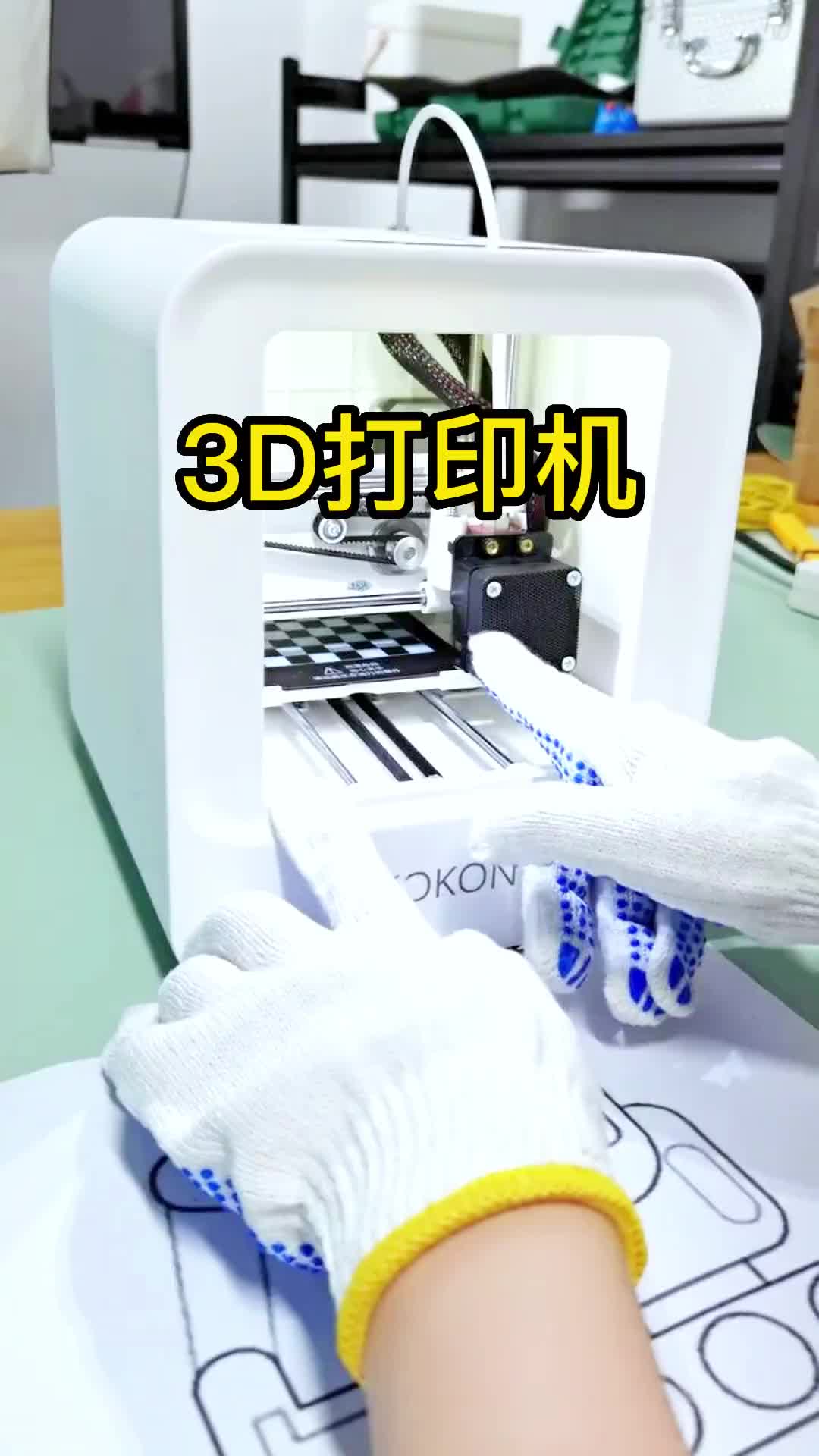





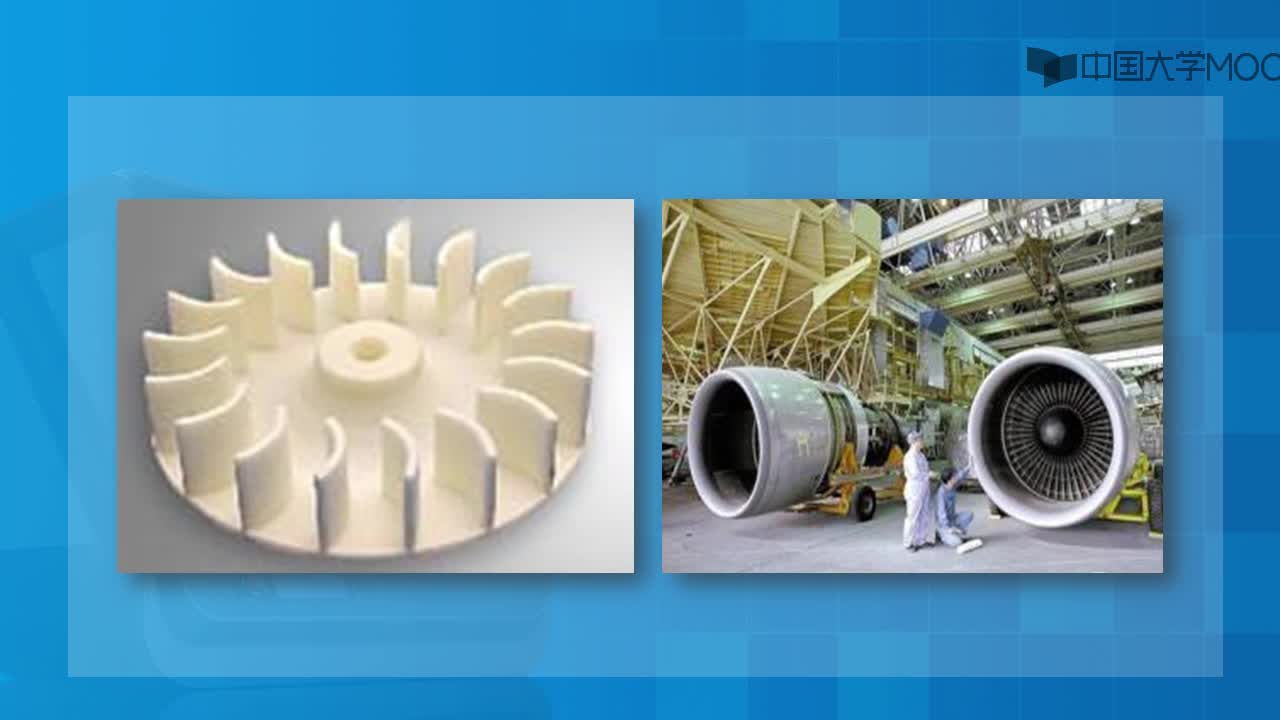










评论